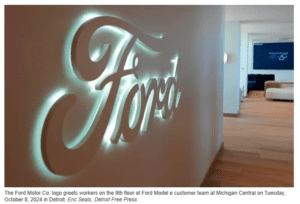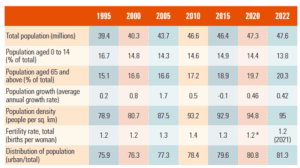Crash testing and out-of-production vehicles / vehicles being phased out: my opinion
Normally, a new vehicle design is put through the crash testing regimens soon after it goes on sale. But nowadays, it seems as if there’s a new crash test coming out every couple years. Let’s look at what’s come out just since 2010: a totally redesigned NHTSA testing protocol with 12-year-old sized dummies in the front passenger seat for the frontal crash test, a NHTSA side pole test, an IIHS small overlap test for both the driver and passenger sides, a tougher IIHS side crash test, and an IIHS moderate overlap crash test with rear seat occupants. That’s six new crash tests in 13 years.
Naturally, crash testing is going to start with existing vehicles that are already on the market to gauge what the present state of safety in that crash mode is. But I’ve heard claims that it’s not fair to the car companies to test a design that’s about to go out of production when the test was introduced, for instance that it was a “bit rich” to crash test the Peugeot 504, a design from 1968, in 1980 as it was being superseded by the 505. Others say that it’s a waste of time to test older designs.
However, vehicles are still in operation and being bought used for many years after the last one rolls off the assembly line. The average car in operation in the USA is now 12.5 years old. Yet most people without the newest cars are left in the dark regarding aspects of their vehicles’ safety, which could be somewhat rectified if designs that had gone out of production in the past few years were tested instead of only those that were in production.
I remember being disappointed in December 2012 when IIHS failed to test the 2008-2012 Honda Accord in the then new small overlap test; I drove an ’08 at the time and had gotten it in May 2012 for its safety. Granted, it had just gone out of production.
Also, testing vehicles that have gone out of production in the past few years would encourage automakers to plan ahead and design their vehicles for holistic safety instead of just to pass crash tests. Volvo has proven that it’s possible to design vehicles to pass tests introduced long after the design; for instance, the first-generation XC90 aced the small overlap despite coming out 10 years before this test.






